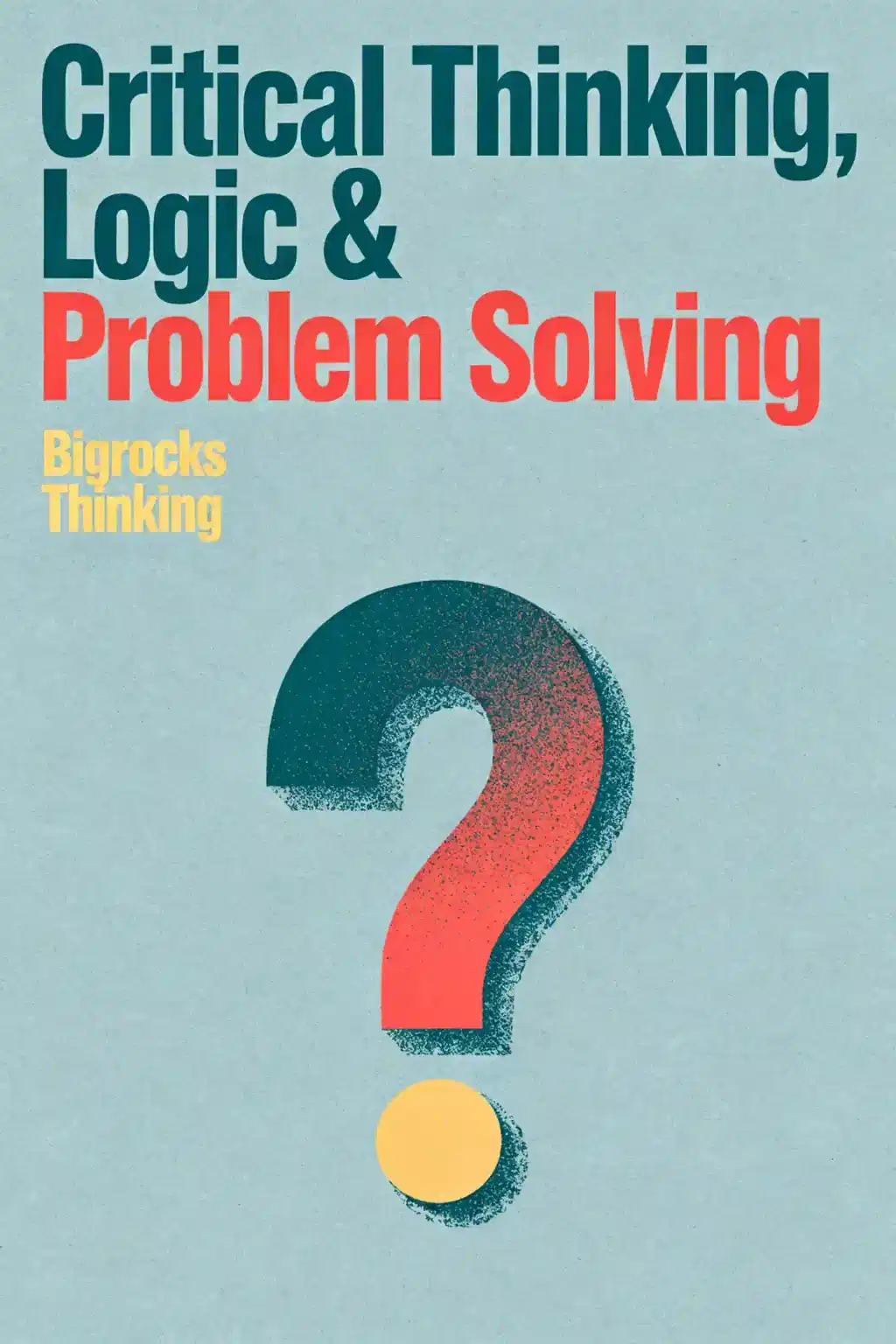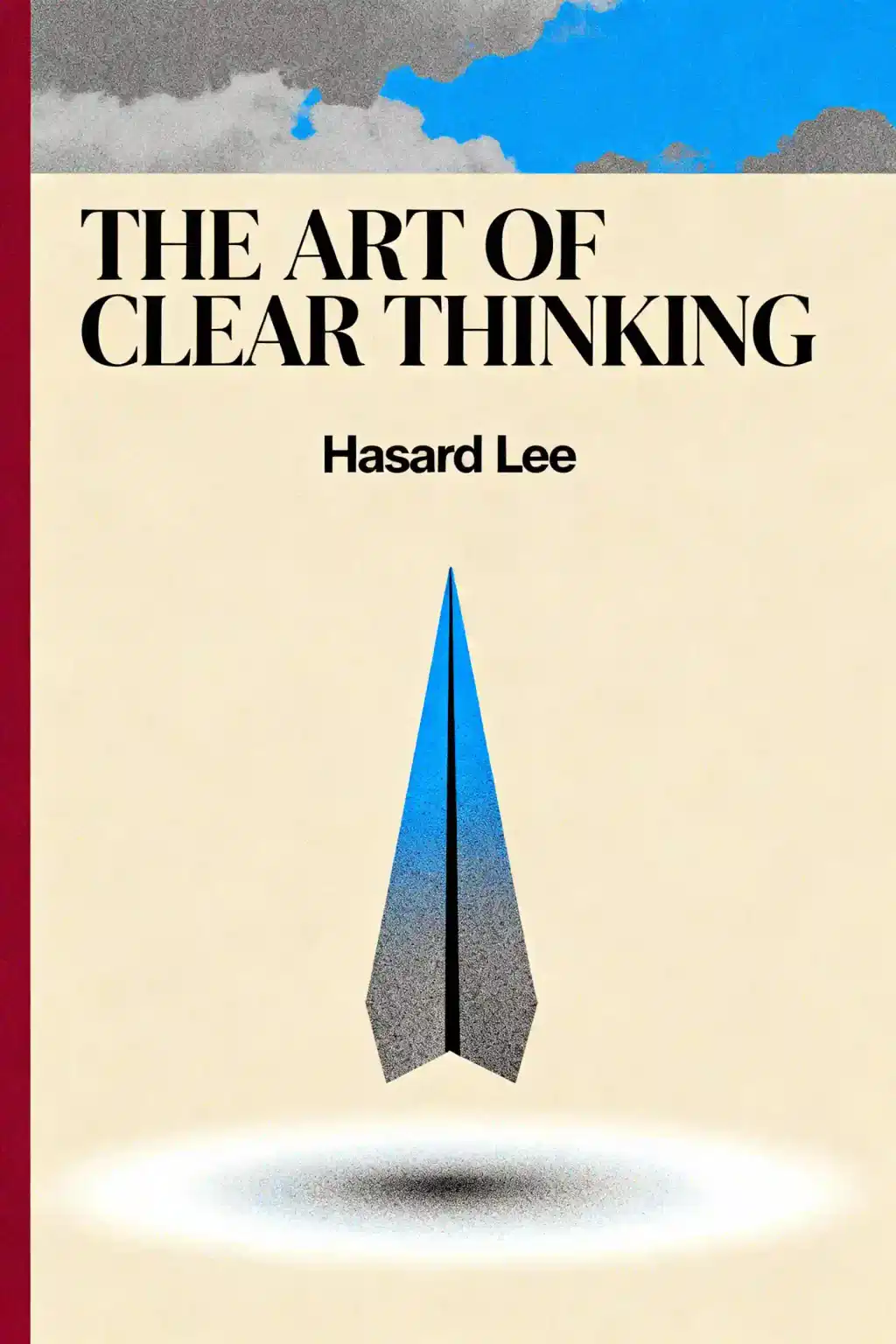What is
Think Like a Rocket Scientist by Ozan Varol about?
Think Like a Rocket Scientist teaches nine strategies from rocket science to solve complex problems in work and life. It covers principles like first-principles thinking, embracing uncertainty, and learning from failure, using examples from NASA’s Mars missions. The book aims to help readers tackle ambitious goals, innovate under pressure, and reframe challenges as opportunities.
Who should read
Think Like a Rocket Scientist?
This book is ideal for entrepreneurs, leaders, and anyone pursuing ambitious goals. It’s particularly valuable for those navigating uncertainty, leading teams, or seeking breakthroughs in business, careers, or personal growth. Ozan Varol’s insights are tailored to innovators who want to think creatively and overcome seemingly impossible obstacles.
What are the key lessons from
Think Like a Rocket Scientist?
- First-principles thinking: Break problems into foundational truths.
- Test relentlessly: Use iterative experimentation to refine ideas.
- Embrace uncertainty: View unknowns as opportunities for innovation.
- Reframe failure: Treat setbacks as data for improvement.
- Avoid complacency: Challenge assumptions to stay ahead of stagnation.
How does
Think Like a Rocket Scientist apply to business?
The book translates NASA’s problem-solving methods into business strategies, such as prototyping ideas quickly, fostering cultures that reward risk-taking, and using “backcasting” (working backward from goals). Varol emphasizes adaptability, resilience, and systematic experimentation to drive innovation in fast-paced environments.
What quotes from
Think Like a Rocket Scientist are most impactful?
- “The absence of evidence is not evidence of absence.”
- “Logic will get you from A to B. Imagination will get you everywhere.”
- “Failure is not the opposite of success; it’s part of success.”
These quotes underscore the book’s themes of curiosity, creative thinking, and reframing setbacks.
How does
Think Like a Rocket Scientist compare to
Atomic Habits?
While Atomic Habits focuses on incremental behavior change, Varol’s book emphasizes moonshot thinking and tackling existential challenges. Both advocate experimentation, but Think Like a Rocket Scientist leans more on systemic innovation and overcoming high-stakes obstacles, making it ideal for leaders and disruptors.
What criticisms exist about
Think Like a Rocket Scientist?
Some reviewers note the principles overlap with other innovation-focused books. Others suggest the NASA anecdotes, while inspiring, may feel less relatable to non-technical readers. However, the book is widely praised for its actionable strategies and engaging storytelling.
How does Ozan Varol’s background influence the book?
Varol’s experience on NASA’s Mars Rover missions grounds the book in real-world problem-solving. His transition from rocket science to law and academia provides a unique lens for connecting scientific rigor to everyday challenges, enhancing the book’s practicality.
Can
Think Like a Rocket Scientist help with career growth?
Yes. The book’s frameworks help readers approach career transitions, negotiate challenges, and stand out in competitive fields. Techniques like probabilistic thinking and scenario planning equip professionals to make data-driven decisions in uncertain environments.
Why is
Think Like a Rocket Scientist relevant in 2025?
In an era of rapid technological change and global uncertainty, the book’s focus on adaptive thinking and resilience remains critical. Its lessons align with modern demands for agility in AI-driven industries, remote work, and crisis management.
What is “backcasting” in
Think Like a Rocket Scientist?
Backcasting involves reverse-engineering success by starting with an end goal and identifying steps to achieve it. NASA used this method for moon missions, and Varol explains how businesses can apply it to strategic planning, product launches, and long-term vision-setting.
Are there actionable exercises in
Think Like a Rocket Scientist?
The book includes practical exercises like “premortem” analysis (anticipating failures before they happen) and “constraint removal” brainstorming to unlock creative solutions. These tools help readers implement rocket-science thinking in real-world scenarios.














